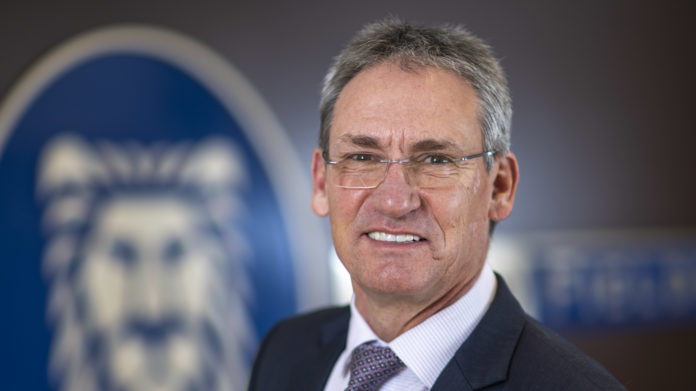
MEETINGS with shareholders regarding Gold Fields’s $6.7bn all-share bid for Yamana Gold had been positive, and that there had been “no negative reactions so far”, said the group’s CEO Chris Griffith.
“There is no new news other than we have had a few meetings in the past day,” he said in response to questions following the firm’s third quarter presentation. Griffith was speaking from New York where the first shareholder meetings are taking place. On October 17, the company published a shareholder circular outlining the rationale and benefits of the proposed transaction.
Griffith said shareholders had found the independent valuation in the circular helpful. Conducted by CIBC, it valued Yamana at about $7bn which Griffith said did not factor in much of “the upside” in the deal.
Investors were at first hostile to Gold Fields offer, conducted at a 33% premium. Shares in the Johannesburg-headquartered firm fell about a quarter of their value on May 31, the day it was announced, before scraping back lost ground over the next two months.
Griffith said he had held virtual meetings with two proxy advisory companies which were due to give their verdict on the proposed takeover of Yamana “early next week”. Proxy advisor companies help form the opinions of institutional shareholders.
Gold Fields shareholders are due to vote on the proposed transaction on November 22, the day after the Yamana vote. The South Africans require 75% approval of voting shareholders while Yamana can get support for the deal with a two-thirds majority.
Griffith has defended the transaction saying that a premium was necessary because it was increasingly difficult to find replacement and growth gold ounces that fitted as well with Gold Fields’ own assets.
Speaking on radio last week, Griffith added that he had no intention of falling on his sword should the vote be against the takeover, saying that the group would turn to other options it had identified.
Gold production peaks at 2.7 to 2.8 million ounces a year in about 2025/6 and thereafter falls steeply to close the decade at about two million ounces annually. Griffith has argued it is better to act now to avoid the production cliff rather than later when there may be fewer but more expensive options.











